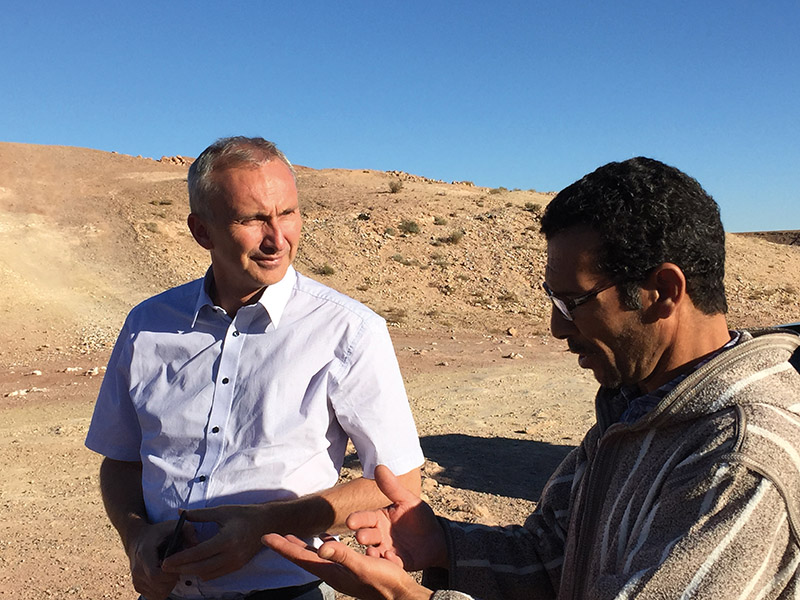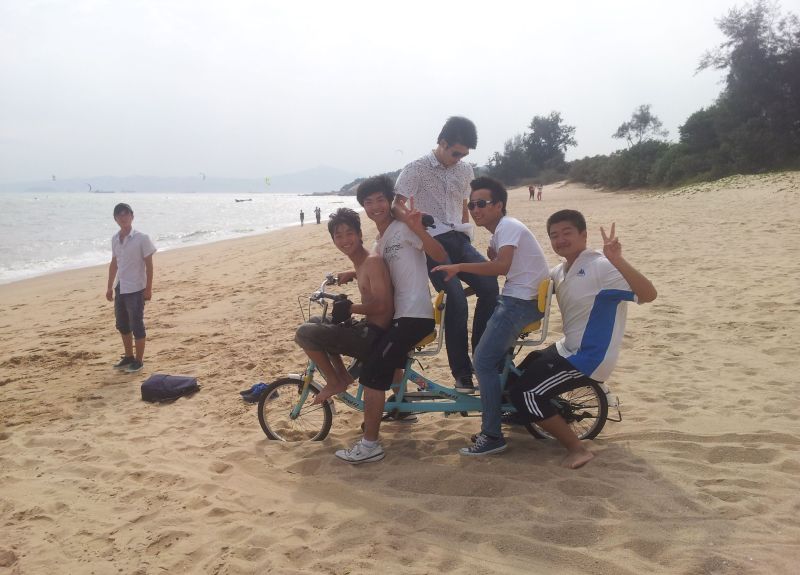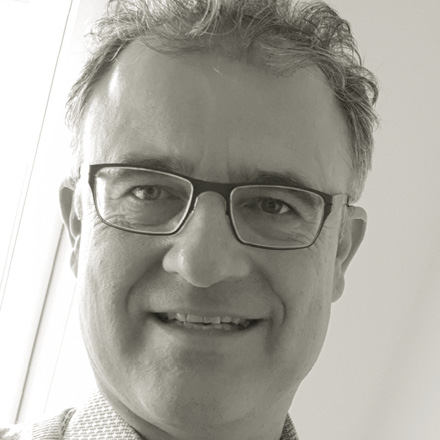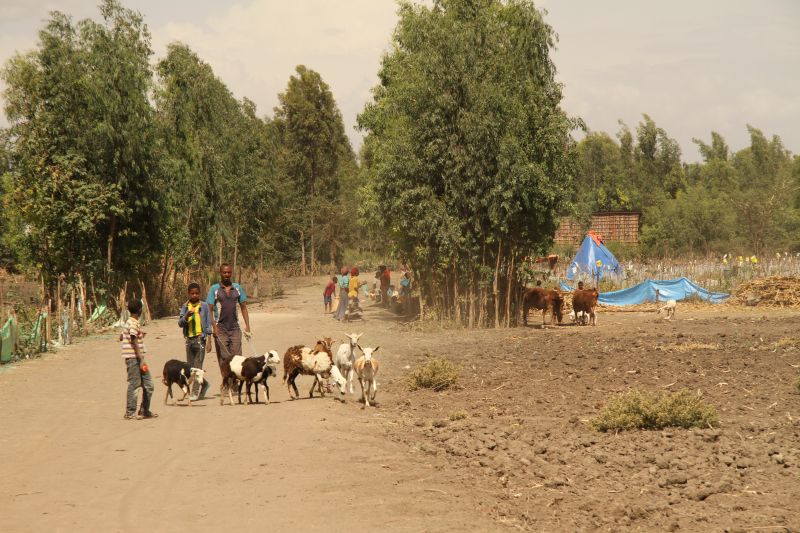Public transport
Rethinking mobility
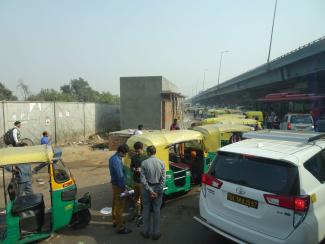
In industrialised countries, the aspiration is to expand and improve public transport so people stop commuting by car. E-mobility is a hot topic. Emission-free cars or buses with electric motors are being favoured. To curb congestion, people are encouraged to share the use of cars, organised by companies such as Uber or Zipcar.
The global south is facing rather different challenges, says Shreya Gadepalli of the Institute for Transportation and Development Policy (ITDP), a global non-governmental organisation focusing on planning and building sustainable transportation systems. The most widely used means of transport in India, for example, are “feet and bicycles”. The reason is not that Indians are environmentally aware. They simply lack alternatives. According to Gadepalli, there is hardly any public transport in India: only two percent of trips are made by metro, nine percent by train and 18 % by bus. Informal means such as private minibuses or rickshaws, by contrast, are very important.
Gadepalli vehemently opposes expanding car traffic. It is environmentally harmful and unsustainable. “We need to build roads for walking,” she declares. In her opinion, intelligent traffic concepts must be developed, and they should mainly rely on extensive bus networks. At the Development Finance Forum (DFF), which KfW Development Bank hosted in Frankfurt at the end of December, she called for bus transport to be subsidised.
ITDP has already achieved a lot, Gadepalli says. For example, it has advised the municipal authorities in the Indian cities of Pune and Chennai. Ten years ago there were no sidewalks. ITDP made it clear that sidewalks improve road safety, and some 100 kilometres of sidewalks have been built.
Matthew Baldwin, mobility expert of the European Commission, points out that emerging markets and developing countries should not follow the northern example. “In the past, when we were poorer, we used to walk or cycle,” he says. “As we got richer, we bought cars.” Now the question is how to get away from cars again in the global north. The global south should not start to rely on them in the first place.
Gadepalli has a solution: making driving expensive and bus transport cheap, preferably free of charge. In the end, money is always the decisive factor.
The World Resources Institute (WRI), a think tank based in the USA, is working on concepts for what urban mobility should look like all over the world in the future. WRI’s Aniruddha Dasgupta is convinced that a turnaround in mobility is needed to keep cities liveable. In Frankfurt, he stated:
- Mobility is not an end in itself, accessibility and connections matter just as much. Traffic planning must be “inclusive”. Road users should have links to every means of transport. For example, sidewalks and cycle paths should lead to bus and train stations. Moreover, park-and-ride spaces should be available. Bus and train lines should be coordinated.
- Mass transport must not be forgotten. Where passenger numbers are large, light rail systems should be built. Funding is crucial, so governments, development banks and private companies must join forces and rise to the challenges together (see box). A good example is metro construction in Nagpur, India, which KfW is supporting with a promotional loan (see Tribune section in D+C/E+Z e-Paper 2019/01).
- Data are becoming ever more abundant and relevant. They must be regarded as infrastructure. Data processing can reveal mobility needs and identify traffic flows in ways that allow for organising and optimising.
Dasgupta criticises the fact that most data, such as Google Maps, is owned by private-sector companies. Since it is of great public relevance, it should be in the public domain. These data are requested by municipal authorities and also by institutions such as the World Bank, GIZ or KfW.
One goal is, for example, to support informal bus operators in setting up a formal company. An interesting example of how data can be used for improvement is WhereIsMyTransport. The US company captures routes, schedules and types of informal data in African and Latin American cities.
Dasgupta advocates creativity in the face of changing demand and sees the prospects for new mobility as positive: “Technological change is possible – even in a very short time”.

